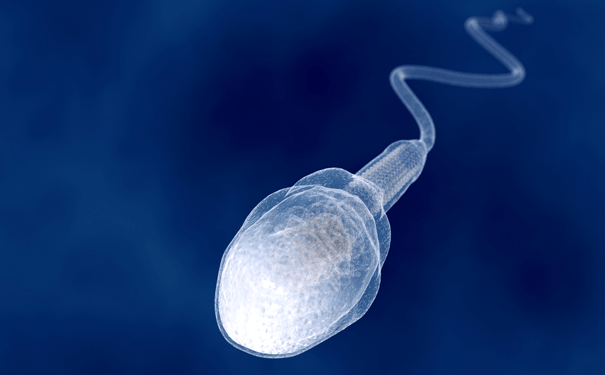
The ideal male contraceptive should be inexpensive, long lasting and reversible. Image: Shutterstock.
High frequency sounds waves stop sperm production. Is this the new vasectomy?
In the 1970s scientists suggested that a short treatment with ultrasound caused the depletion of germ cells and infertility in males. It was tested at the time on human subjects, who reported that the method was pain free.
The study was not pursued further and the equipment is outdated. Now, 40 years later, scientists from the University of North Carolina, US, are using these experiments as a starting point to see if modern ultrasound equipment could be used as a contraceptive for males.
Published in Reproductive Biology and Endocrinology, the study suggested that commercially available therapeutic ultrasound equipment could be used to nearly deplete the sperm counts of male rats. The equivalent for humans would be infertility, as men are generally considered sub-fertile when their sperm concentration drops below 10 million sperm/ml.
“Unlike humans, rats remain fertile even with extremely low sperm counts,” study leader James Tsuruta said. “However, our non-invasive ultrasound treatment reduced sperm reserves in rats far below levels normally seen in fertile men.”
Sperm cells are produced by germ cells within the testes. The scientists determined that by rotating high frequency (3MHz) ultrasound around the testicles they were able to wipe out the germ cells throughout the testes, thus reducing the sperm reserves.
The best results were seen from two sessions consisting of 15 minutes ultrasound, two days apart, where the testes were warmed to 37 degrees centigrade. This reduced sperm to a Sperm Count Index of zero (3 million motile sperm).
The World Health Organisation has defined low sperm concentration as less than 15 million sperm per ml. The study anticipates that decreasing the sperm count sufficiently to cause infertility in rats would also cause infertility in men.
The scientists wrote: “The non-invasive nature of ultrasound and its efficacy in reducing sperm count make therapeutic ultrasound a promising candidate for a male contraceptive. Our results clearly show that therapeutic ultrasound treatment depleted developing germ cells from the testis and subsequently decreased the size of sperm reserves.”
Other potential applications, according to the study, include controlling for both domestic pets and ‘nuisance animal population’. However further studies are required to determine how long the contraceptive effect lasts, whether it is reversible and if there are any side effects from repeated use.
Source: Eureka Alert.







Thomas Zychowski
July 6, 2012
You need your venom!